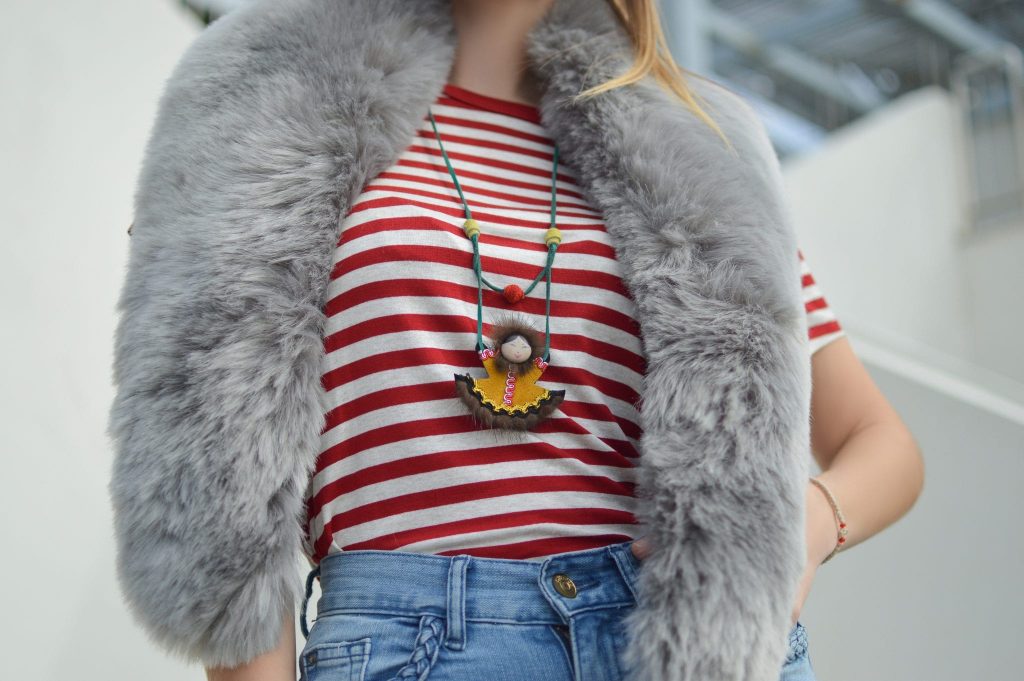
In order to stop the exploitation and killing of animals for the sake of natural fur, world brands continue to abandon their use. Instead of natural, faux fur is a trend on the catwalk and in the mass market.
Unfortunately, faux fur is not as environmentally friendly as it may seem at first glance. It is made of synthetic materials – acrylic, polyester, nylon, which are still harmful to nature. For example, during washing, each synthetic item releases about 2,000 plastic particles, which then fall into water bodies and thus harm their inhabitants and people. In addition, faux fur will decompose in a landfill for up to a thousand years.
Along with the desire to be more aware and responsible about the environment, there is an understanding that no matter how hard we try, we must always choose between environmental friendliness and ethics, especially when it comes to clothing. Which shoes to choose – genuine leather or eco-leather? Buy sweater from natural wool or acrylic? And what about faux fur?
The global trend of abandoning the use of natural fur by brands due to the cruelty and unethical production is only gaining momentum.
But how environmentally friendly is faux fur and are there alternatives that can reduce the negative impact on the environment while remaining ethical?
There is a stereotype that natural fur decomposes quickly. This would be the case if it had not undergone chemical treatment during production. Many toxic substances are used to preserve fur: formalin, formaldehyde, cyanide-based paints, which inhibit the decomposition process.
In turn, low-quality faux fur, which can be seen more and more often in the mass market, being in a landfill, almost does not decompose, poisoning the soil, groundwater, and even air, releasing tons of dangerous substances into the atmosphere.
Back in 2011, the Dutch company CE Delft conducted a study on the environmental impact of various materials, comparing natural fur with cotton, acrylic, polyester, and wool.
It turned out that the production of natural fur has the worst impact on almost all environmental indicators, including:
- climate change,
- hazardous emissions,
- eutrophication (waterlogging).
Next was wool, followed by cotton (due to excessive water consumption) and only at the end – polyester and polyacrylic.
It turns out that faux fur, which usually consists of 70% acrylic and 30% cotton, is more environmentally friendly and has less impact on the environment.
What can we as consumers do to save ourselves and the planet? The best solution would be to buy things from small local brands, thereby reducing the carbon footprint and greenhouse gas emissions during transportation. Also, pay attention to reselling and, if desired, look for other alternatives.
Picture Credit: Unsplash
